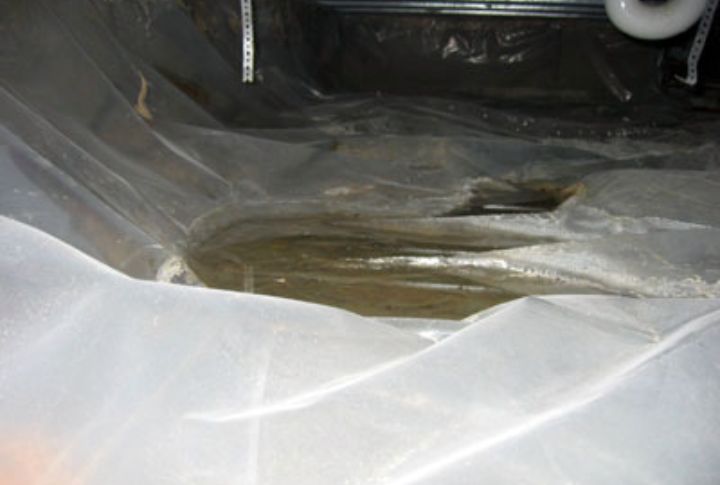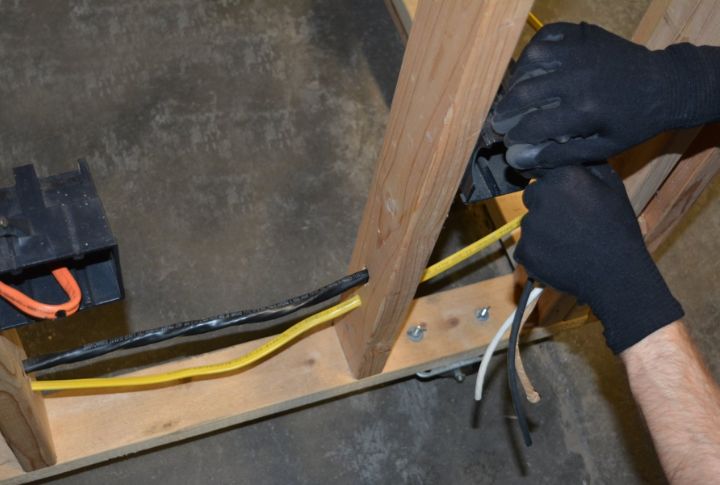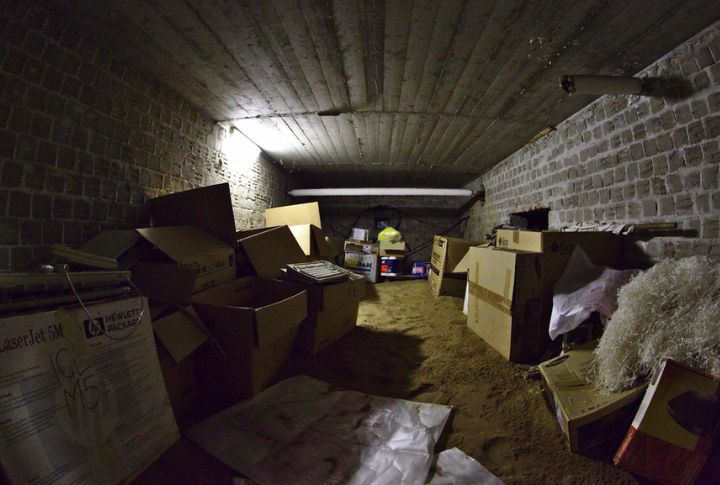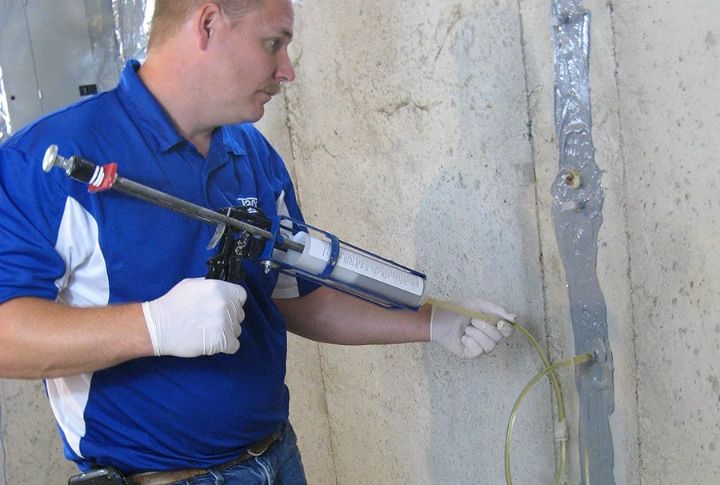
Out of sight doesn’t mean out of service. The crawl space under your home takes on more responsibility than most people realize. It might look empty, but it works around the clock. Discover 10 ways this hidden zone contributes to your home’s strength and comfort.
Foundation Support

Raising a home 1.5 to 3 feet off the ground may seem minor, but it’s a structural game-changer. Crawl space piers and footings distribute weight evenly. This wards off sagging and wall cracks. In early America, settlers even dug them by hand, and they doubled as cool root cellars beneath their cabins.
Moisture Control

A crawl space plays an important role in regulating moisture beneath your home. When humidity creeps past 65%, it creates prime conditions for mold, wood rot, and insulation damage. That’s why builders often install vapor barriers or dehumidifiers below, preventing what many in the Southeast jokingly call “mold motels.”
Plumbing Access

Fixing pipes is easier—and cheaper—when there’s a crawl space underneath. It also lets you insulate for freeze protection in colder climates. Interestingly, antique piping hidden away down there has become a collector’s niche, which offers tiny relics of domestic history with every discovery.
Electrical Wiring Hub

National Electric Code rules apply down there, too—wires must be secured and spaced properly. That crawl space layout makes retrofits for smart tech a lot less invasive. Back in the ’50s, installers even snaked early coaxial cables through crawl spaces to power up television sets.
Drainage Support During Storms

A well-designed crawl space can redirect stormwater away from your home’s foundation. French drains, gravel beds, and sump pumps are often installed below to manage heavy rains. Without this buffer, water can pool underfoot, weakening structural supports and inviting costly damage after just one major downpour.
Noise Reduction

Crawl spaces help cut down on ground-level noise by trimming up to 20 decibels in some cases. With proper insulation, they also muffle HVAC hums and plumbing echoes that might otherwise carry upstairs. In older homes, creaky floorboards over these voids have sparked plenty of ghost stories, thanks to eerie acoustics.
Termite Barrier Zone

Crawl spaces often serve as a frontline defense against termites. When regularly inspected, they offer early warning signs—mud tubes, chewed wood, or discarded wings. Many pest control pros install treated barriers below to prevent infestations. Catching activity here is far easier than discovering damage in your walls too late.
Storage Space

Insulated crawl spaces offer a surprising bonus storage—up to 200 square feet in some homes. Just make sure the environment stays dry and critter-free. Some homeowners have even stumbled across time capsules during renovations, put away and forgotten under decades of dust.
Structural Inspection Access

Builders appreciate crawl spaces because they offer access without cutting into floors or walls. Annual inspections can spot moisture problems or pest damage before it escalates. Contractors can also monitor foundation settling or shifting, which helps prevent costly structural repairs down the line.
Energy Efficiency Boost

Maintained crawl spaces can slash energy bills by up to 25%, mainly by reducing heat loss and preventing air leaks. Added insulation means your HVAC system works less to keep things comfortable. In the ’70s, some DIYers lined theirs with foil—a flashy but outdated fix now replaced by smarter materials.

